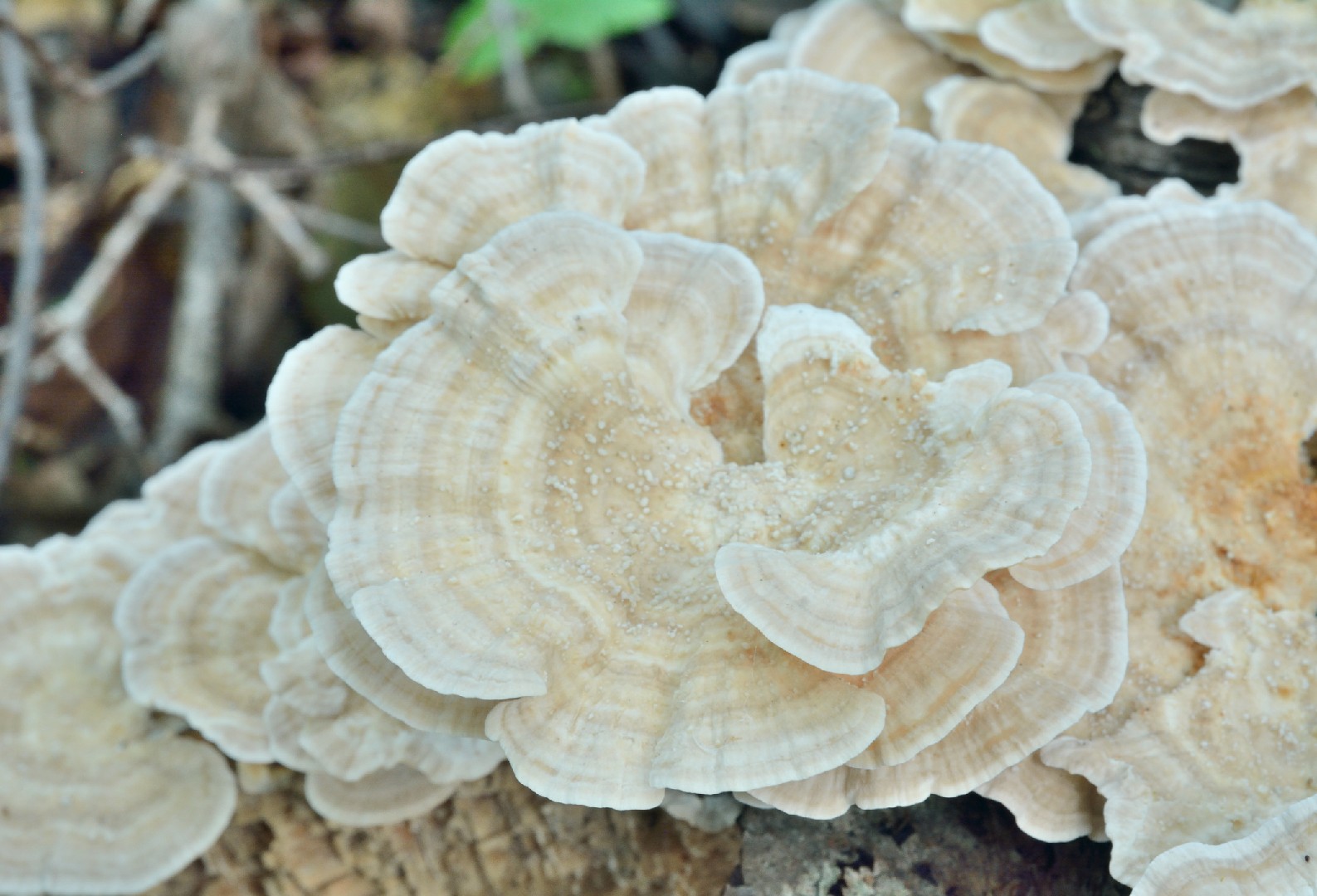Mycoleptodonoides
Scientific name: Mycoleptodonoides
Mycoleptodonoides
Scientific name: Mycoleptodonoides

Description
Mycoleptodonoides is a fascinating group of fungi known for their unique fruiting bodies, which feature caps with tooth-like structures on the underside. These mushrooms typically grow on decaying wood, aiding in the decomposition process and nutrient cycling within forest ecosystems.
Species of Mycoleptodonoides


Scientific Classification
Phylum
Club fungi Class
Mushroom-forming fungi Order
Shelf fungi Family
Meruliaceae Genus
Mycoleptodonoides